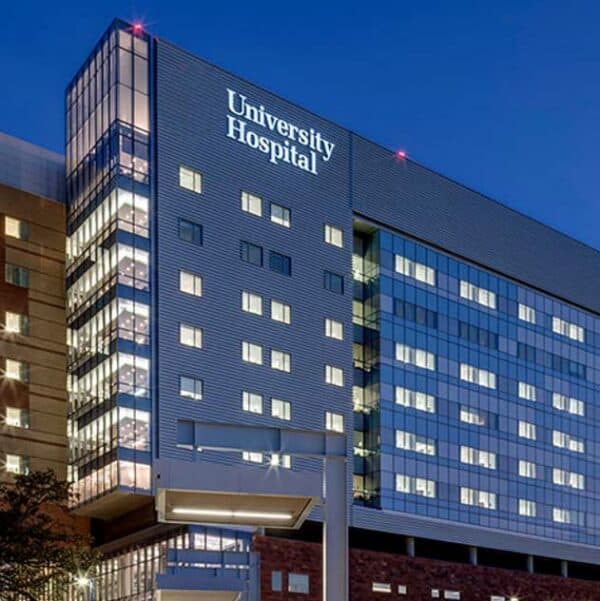The Covid-19 pandemic changed plenty of things about medical care, including how ambulatory surgical centers will operate in the future. Experts have made a number of predictions based on observations made as states begin to open up and these outpatient centers start to operate again. As you well know, many of them shut down or at least limited their services to essential operations only. Now that things are heading back to a state best described as the “new normal”, here’s what may happen.
Eight Predictions for the Future of ASCs
According to sources, “here are eight observations on how ASC owners and operators are thinking about the post-pandemic period and what they expect in the future.”
1. “During the COVID-19 crisis, many ASCs applied for the Small Business Association loan and expanded telehealth services while others closed down their facilities. Some also drew down on lines of credit and applied for state and local grants. ASCs are typically reporting a 30 percent or more revenue drop, with many reporting more than 50 percent revenue decline.”
2. “As hospitals and ASCs report lower revenue due to the pandemic, payers have reported strong profits. During the first quarter of 2020, UnitedHealth Group posted $3.4 billion in profit and Optum reported $32.8 billion revenue. Payers could use their strong financial position to acquire physician practices or surgical centers in the future. That has already begun to some degree, as Blue Shield of California acquired the Oakland, Calif.-based Brown & Toland Physicians, which includes 2,700 physicians in April.”
3. “As surgery centers are resuming cases, the case acuity is the biggest factor in deciding which cases to pursue first. Administrators are also considering how local hospitals are able to ramp up elective procedures and previously established block time as they develop their post-pandemic schedules.”
4. “A large portion of ASCs are working extended hours or on weekends to cover the backlog of cases, and several are also considering a more robust telemedicine program. There are several centers that are expanding capacity or considering investing in a new center to increase capacity in the future.”
5. “A small portion of ASCs are considering adopting new technology to maximize case efficiency and/or hiring more physician assistants and nurse practitioners to handle the backlog of cases.”
6. “A majority of ASCs aim to move forward with plans they had before the pandemic, with a smaller percentage considering joining an ASC chain or bringing on a private equity partner.”
7. “ASCs are reporting 20 percent or fewer patients are self-selecting out of surgery as a result of the pandemic, although many do report that up to 50 percent of their patients have voice economic concerns related to their surgery. This could provide ample opportunity for ASCs to develop more robust financial planning capabilities for their patients.”
8. “ASC administrators report being cautiously optimistic about the future, but it could take three to six months to resume normal levels of case volume at the ASC. Some physicians, however, are concerned that there will be a backlog in payer approvals as elective surgeries ramp up again.”
One Additional Note
The billing process for an ASC can be a bit tricky, because many of them handle out of network surgeries. This means that the chances of ending up with an aged claim are slightly higher. Thankfully, rather than place these aged claims in a debt bucket on the wrong side of your balance sheet, you can contact us to start the Federal ERISA appeals process. This will help your ASC receive all of the funds that it’s entitled to. Just call us or fill out our contact form today.






